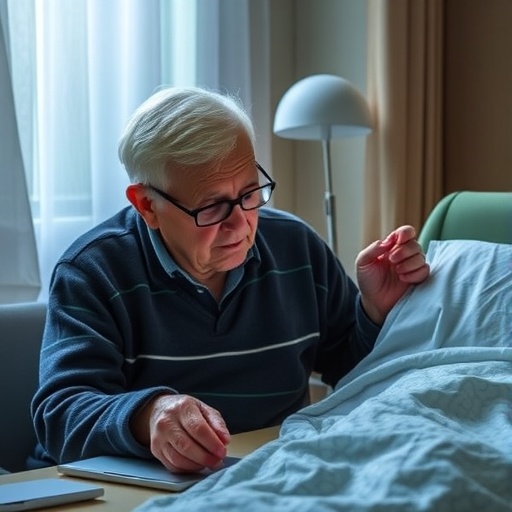Young athletes who have anterior cruciate ligament surgery are more likely to need an additional surgery if they received a hamstring graft compared to a bone-patellar tendon-bone graft, according to research presented today at the American Orthopedic Society for Sports Medicine Annual Meeting. The research was conducted by group of clinicians led by Dr. Christopher C. Kaeding of Ohio State University in Columbus, Ohio.
Kaeding and his team of researchers followed 839 patients aged 14-22 who were injured while participating in a sport such as baseball, football, and soccer. Each patient was followed up with after two- and six-years post operation.
“The purpose of this study was to determine the incidence of subsequent ligament disruption for high school- and college-aged athletes between autograft bone-patellar tendon-bone versus hamstring grafts for anterior cruciate ligament repair,” Kaeding said. His group hypothesized that there would be no recurrent ligament failure differences between the two methods.
Instead, the researchers discovered that patients receiving a hamstring graft had twice the risk of an ACL graft revision than patients who were given a bone-patellar tendon-bone graft. For low-risk patients, a hamstring graft can increase the risk of recurrent ACL graft revision by five percentage points, from 5 percent to 10 percent. For high-risk patients, a hamstring graft can increase the risk of recurrent ACL graft revision by 15 percentage points, from 35 percent to 50 percent.
“There is a high rate of subsequent ACL surgery in this young athletic cohort, with evidence suggesting that incidence of ACL graft revisions at six years following index surgery is significantly higher in hamstring autografts compared to bone-patellar tendon-bone autografts, Kaeding reported.
###
About AOSSM
The American Orthopaedic Society for Sports Medicine (AOSSM) is the premier global organization representing the interests of orthopaedic surgeons and other professionals who provide comprehensive health services for the care of athletes and active people of all ages and levels. We cultivate evidence-based knowledge, provide extensive educational programming, and promote emerging research that advances the science and practice of sports medicine. AOSSM is also a founding partner of the STOP Sports Injuries campaign to prevent overuse and traumatic injuries in kids.
Media Contact
Christina Tomaso
[email protected]
https:/




